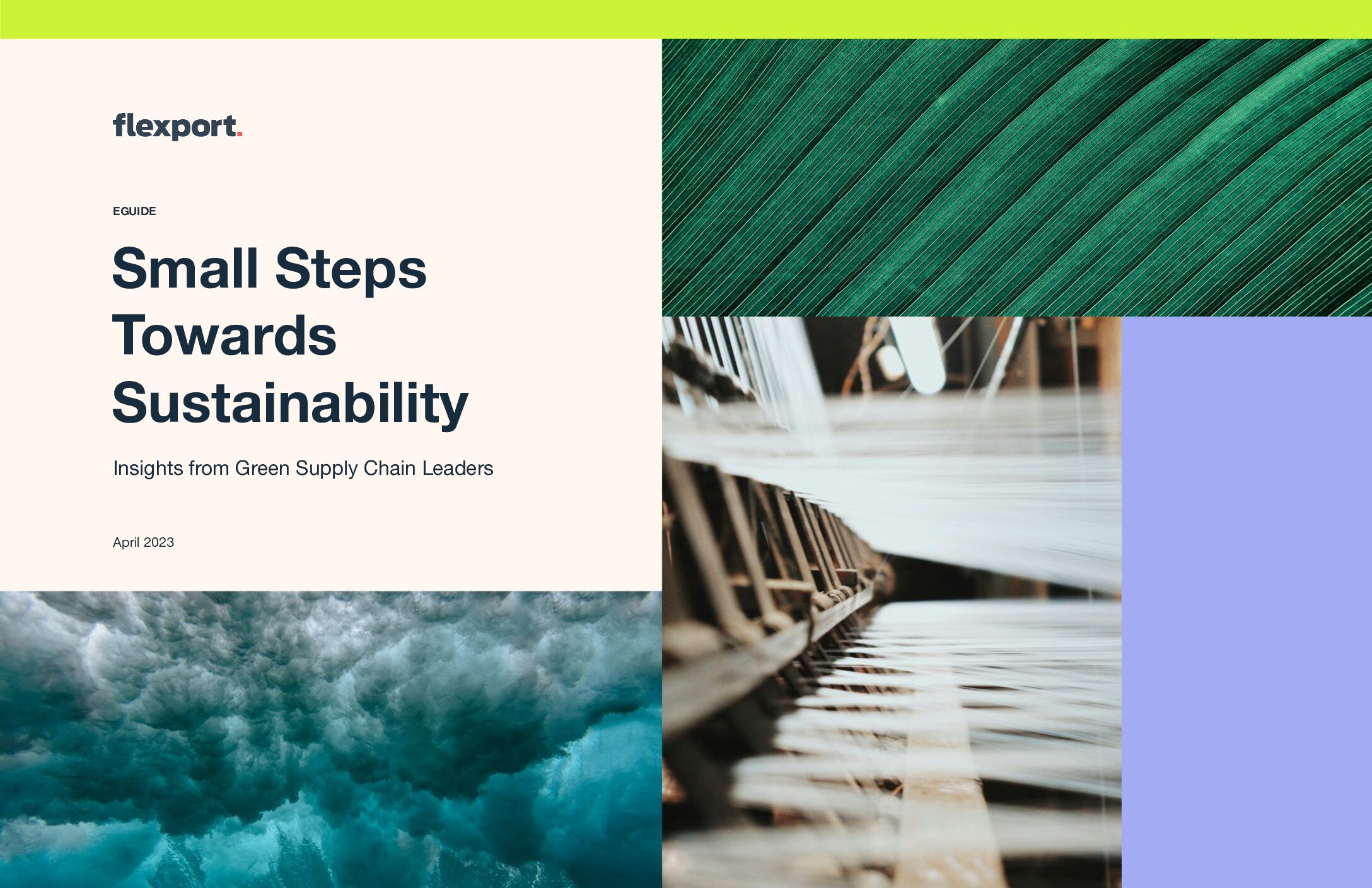Embracing Sustainability in Supply Chains: A Guide to Transformation
In an era where sustainability is no longer a choice but a necessity, how can businesses adapt their supply chains? This article delves into a recent guide by Flexport.org, offering insights from green supply chain leaders and outlining actionable steps towards sustainability.
In the face of growing environmental concerns and increasing consumer demand for sustainable practices, businesses are recognizing the need to green their supply chains. A recent guide by Flexport.org, titled “Small Steps Towards Sustainability: Insights from Green Supply Chain Leaders,” provides valuable insights and practical steps for businesses embarking on this journey.
The guide emphasizes that sustainability within supply chains is shifting from a “nice-to-have” to a “priority.” Studies indicate that Scope 3 emissions, which occur within a company’s supply chain, can account for between 65% and 90% of total emissions. For smaller and mid-sized companies that lack the resources and capacity of bigger companies, the path towards sustainability can feel daunting, confusing, and at times uncertain.
Flexport.org interviewed sustainability champions from partners like Cotopaxi, Framework, Klean Kanteen, O My Bag, and Tricon Energy to rewrite the playbook for companies who might not know where to start. The guide synthesizes five critical learnings to make sustainability achievable for everyone:
- Start with a Materiality Analysis: Elizabeth Carlson from Tricon Energy suggests starting with a simple materiality analysis or a social and environmental risk and impact assessment of the company’s operations, including the supply chain.
- Get Clear on Your Motives: Annie Agle from Cotopaxi emphasizes the need to understand why your company is focusing on certain sustainability aspects over others.
- Deliver on Your Promise: Brett Renlund from Klean Kanteen stresses the importance of fulfilling your sustainability commitments.
- Build It Into Your Model: Amanda McElmurray from Framework advises integrating sustainability into your business model from the start.
- Collaborate Creatively For Change: Elizabeth Carlson from Tricon, Femke Lotgerink from O My Bag, and Annie Agle from Cotopaxi all advocate for creative collaboration to drive change.
Takeaways:
- “Sustainability is becoming a priority within supply chains, accounting for a significant portion of a company’s total emissions.”
- “Starting with a materiality analysis can help companies understand their social and environmental impact and risks.”
- “Building sustainability into the business model and collaborating creatively can drive change and make sustainability achievable for all.”
We’d love to hear your thoughts on the path towards sustainable supply chains. How is your organization embracing sustainability? What challenges and successes have you encountered? Share your insights and join the conversation in the comments section below.



